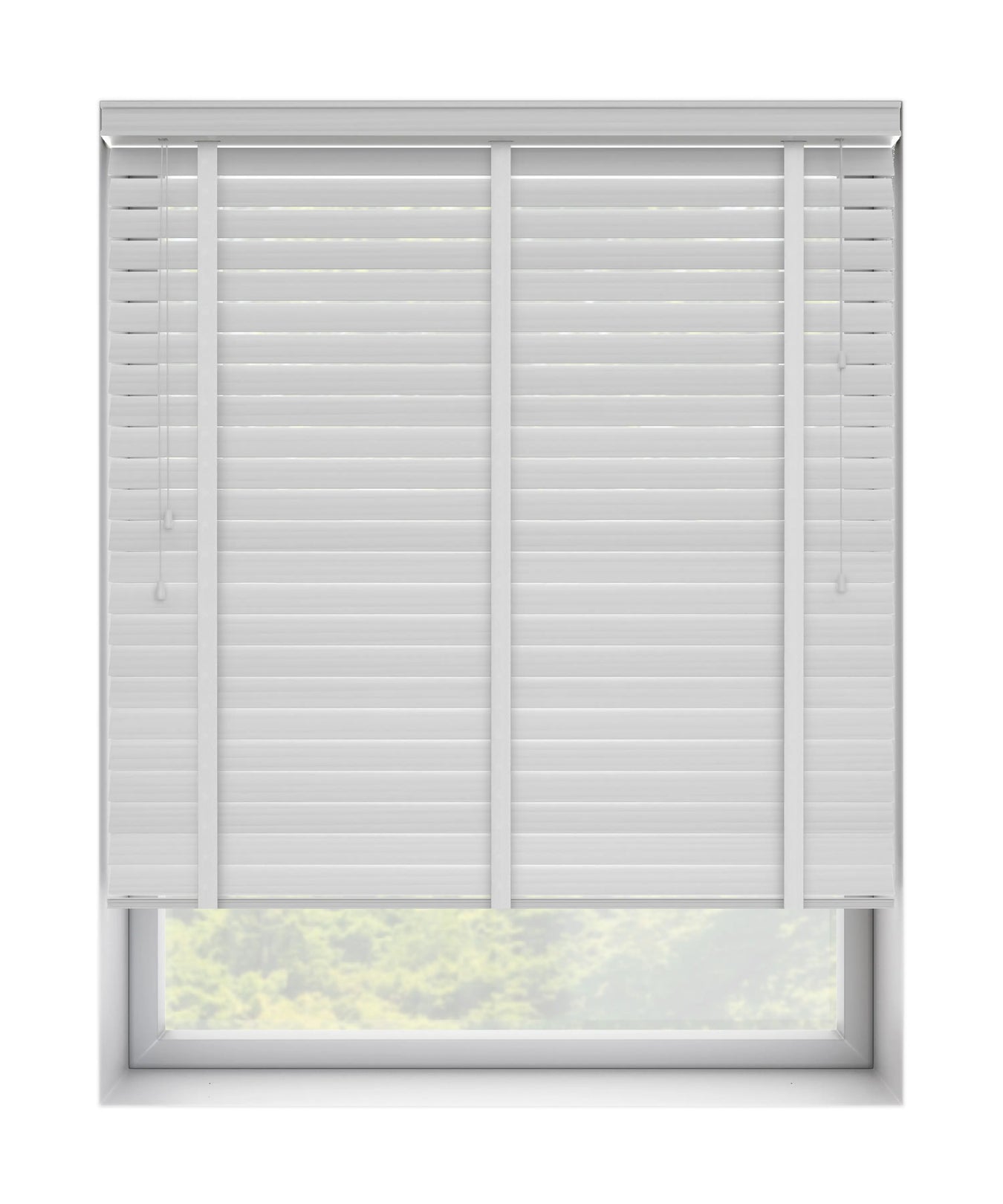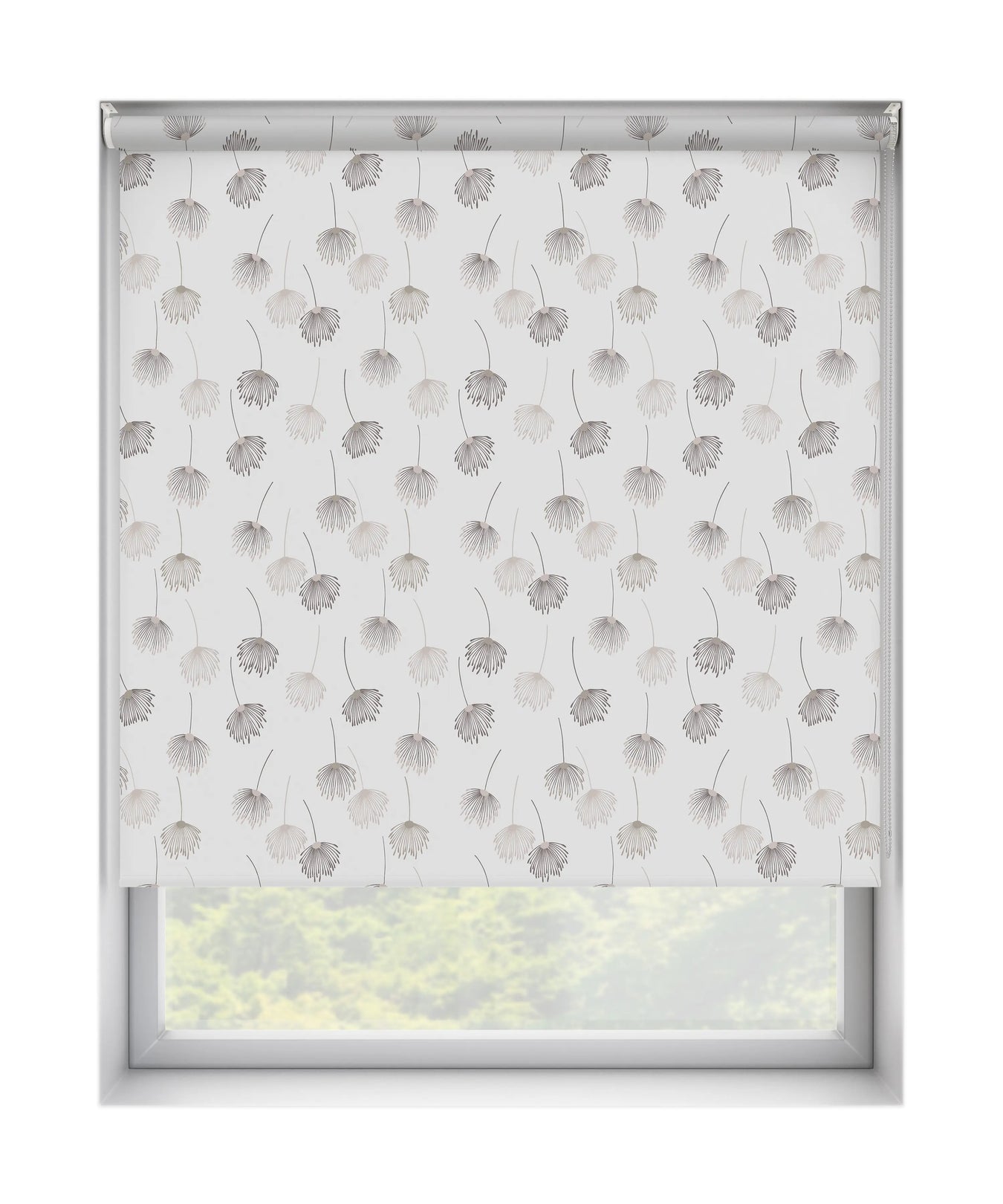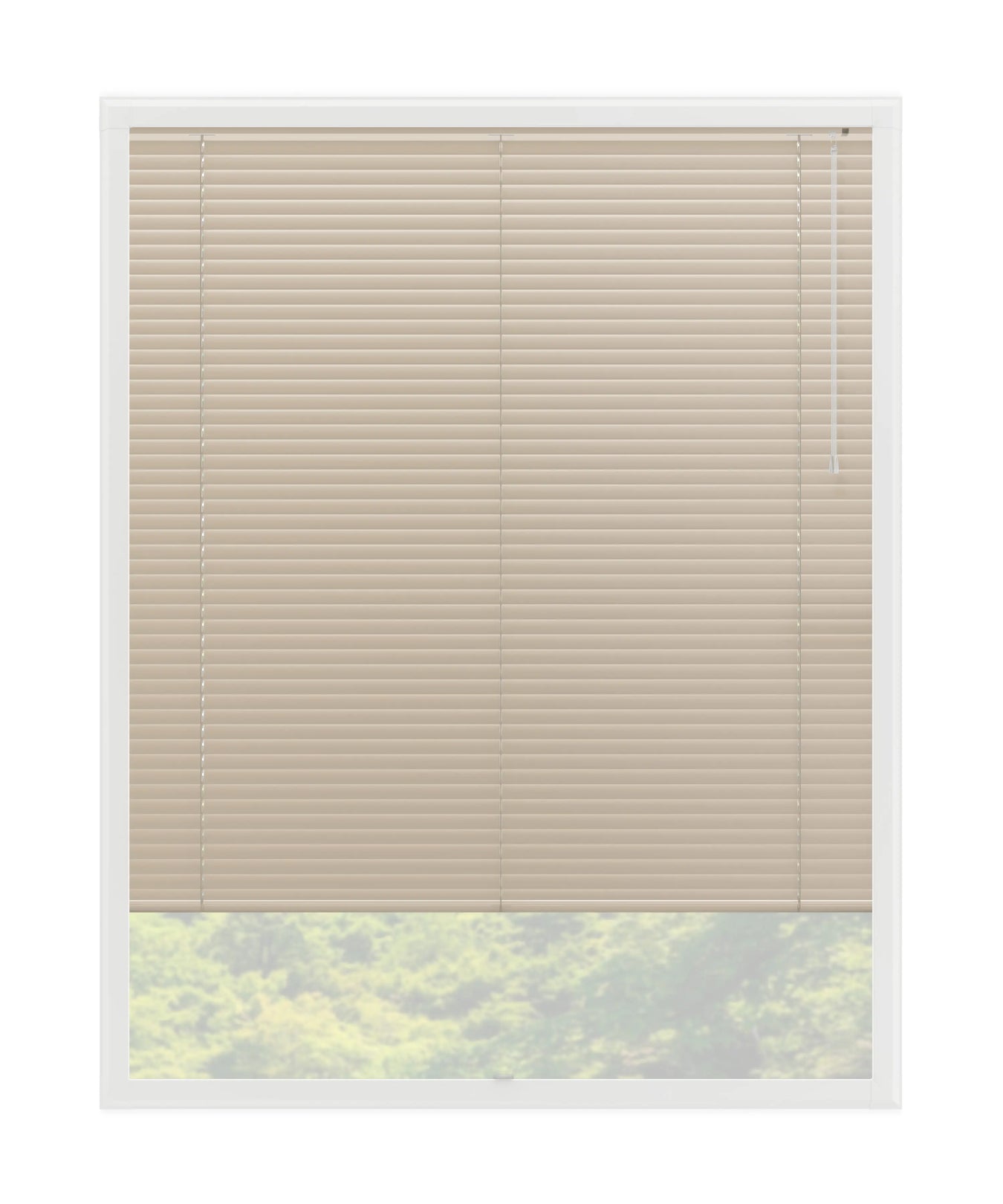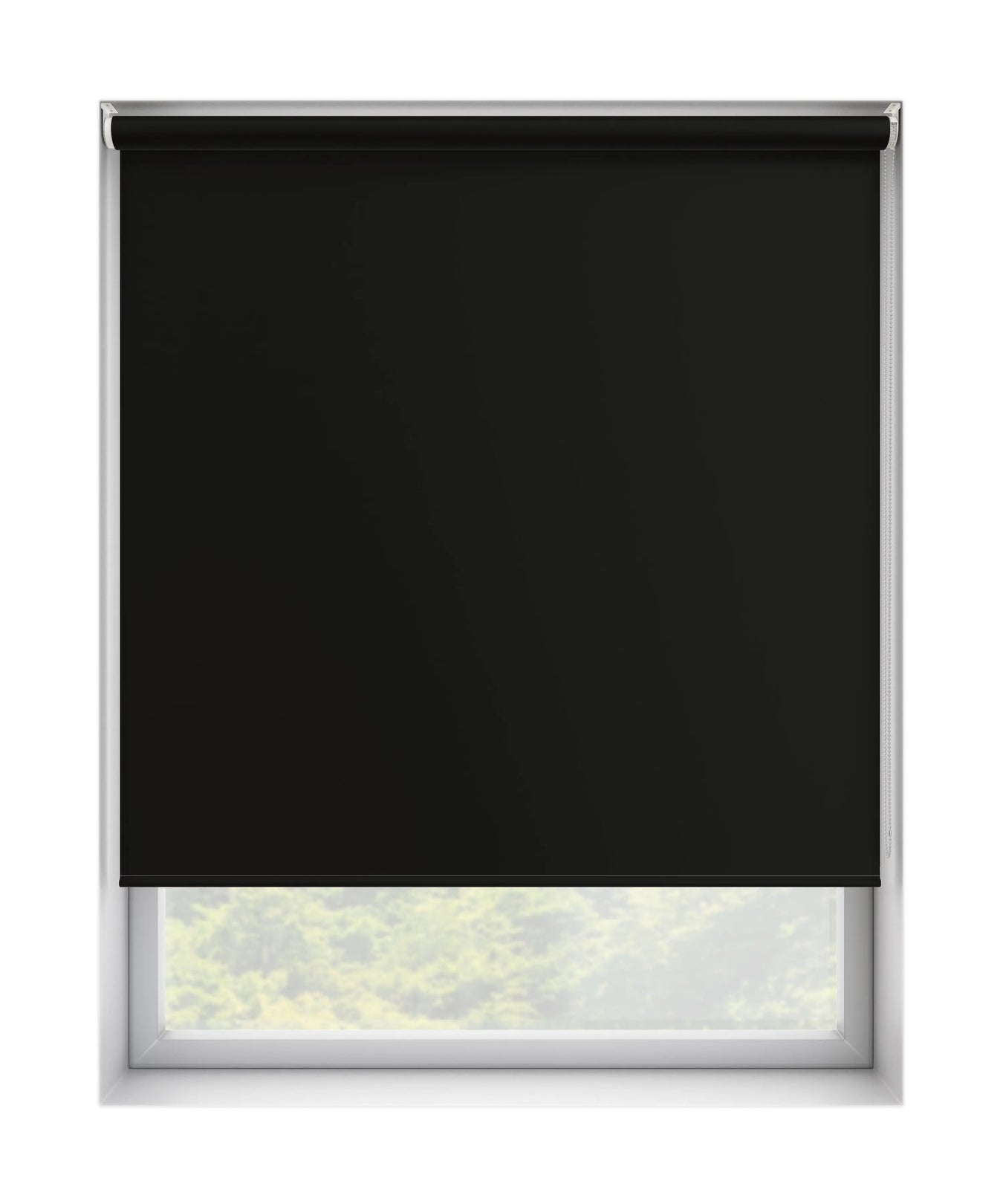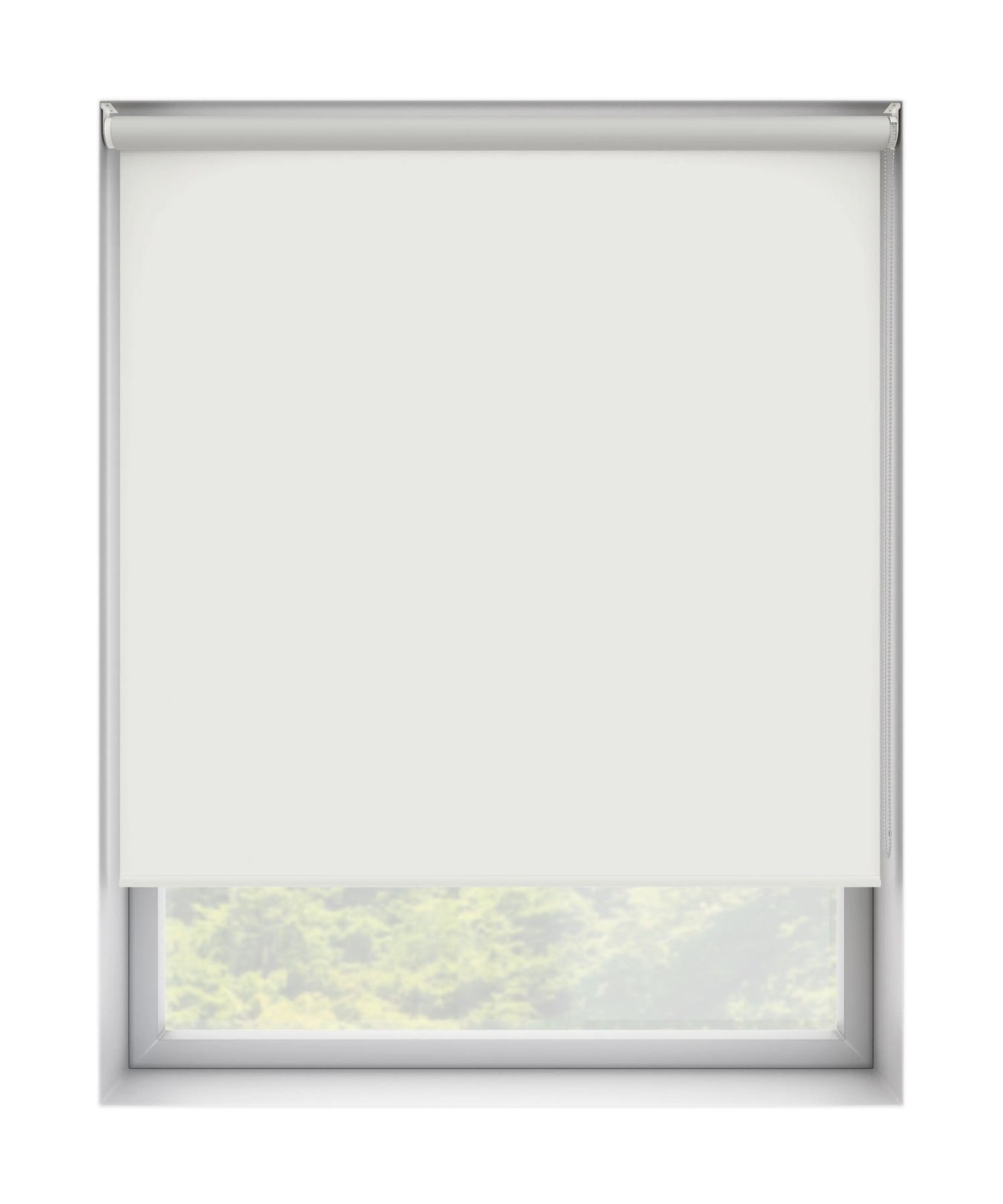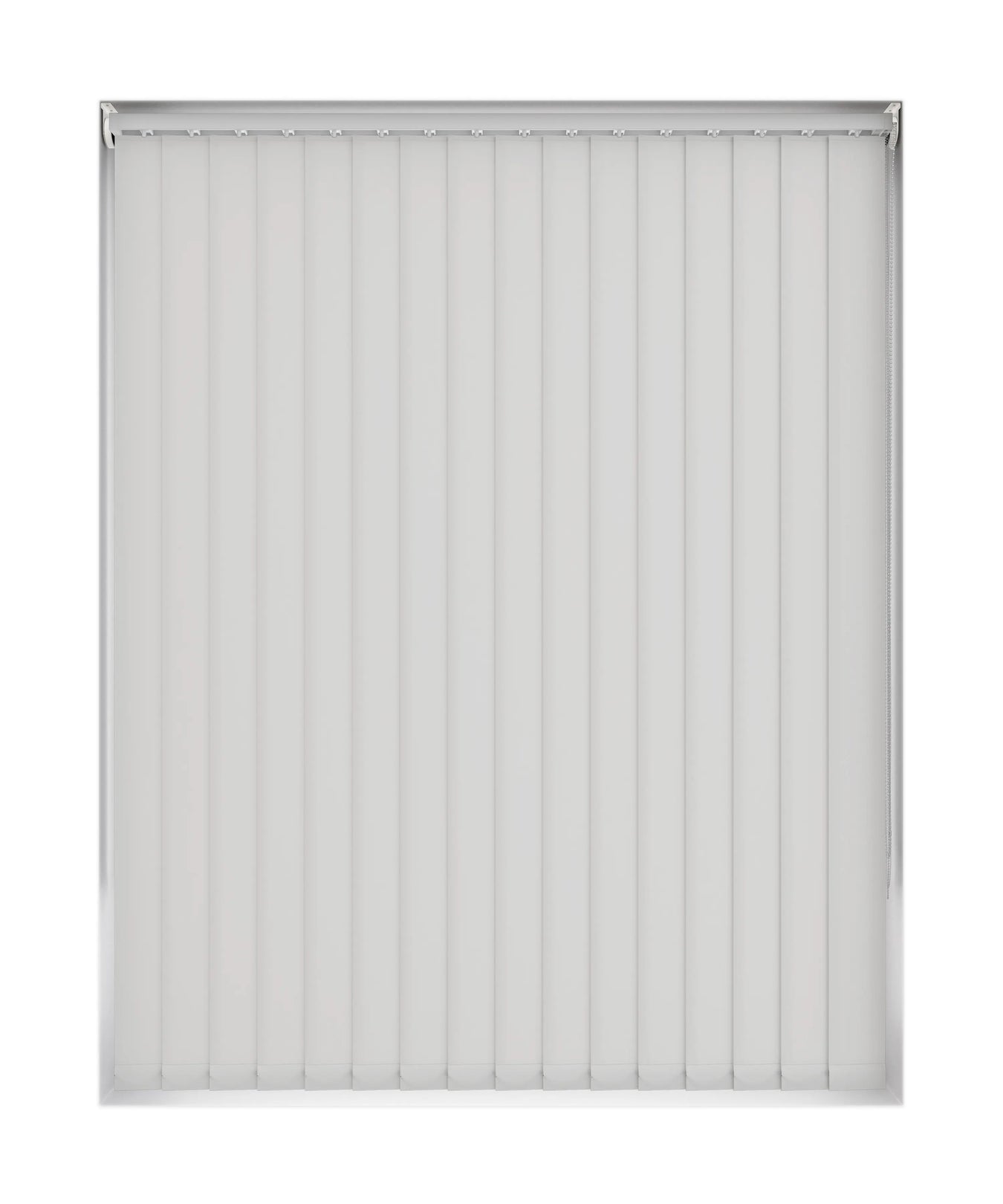Choose Your Blind Type
The measurements that you need to take will differ depending on the type of blind you’re wanting to install.
Fixing Type & Rail Depth
Make note of your rail depth from the list below for step 2 of the measuring process.
You will also need to decide if you will be installing your blinds inside recess or face fixing.

A rail depth of 75mm for 50mm sized slats.
A 25mm aluminium venetian blind has a rail depth of 30mm.
89mm vertical blinds have a rail depth of 70mm.
Top-fix bracket allowance is 50mm (for blinds up to 2000mm wide), and 70mm (for blinds over 2000mm).
A face fixing bracket is 60mm (for blinds up to 2000mm wide), and 80mm (for blinds over 2000mm).
Note:Because the cloth cover is always narrower than the exact size, unless your bay window has a large corner window frame work, there will be an area of glass that is not fully covered by the blinds. This will be more noticeable when installing blackout blinds.
This applies to all roller blinds.
Measuring for Angled Bay Windows
Measure for your angled bay windows in 8 easy steps.
Step 1

Measure the Obstruction Depth
Measure the distance between the window frame and any obstructions, such as handles.
Step 2

Calculate Total Depth
Take the headrail depth of your blind from the list above and add this to your obstruction depth from step 1. This will give you your total depth.
For example, if you’re measuring for Wooden blinds, your depth would be 7.5cm. You would then do 7.5cm + 4cm to get a total depth of 11.5cm.
Step 3

Mark your Total Depth
Take two pieces of paper and place them side by side. Then take a ruler and mark your total depth on both pieces of paper.
Step 4

Find your Measuring Points
Place your pieces of paper on the window sill. Then, move them together until the two total depth marks touch. Mark this point
Key Note

For a perfect measurement, make sure you are pressing your pieces of paper up against the window frame. Use a pencil to mark on your window sill where the pieces of paper meet the window frame.
Step 5

Mark Remaining Measuring Points
On the window sill, use a pencil to mark the point the lines meet. Now repeat this for each intersection of your bay window.
Key Note

End Points
The end points of your blinds at each end of the bay window can be down to obstructions or personal preference. So, mark down where you would like the blind to end and measure that distance.
Key Note

One Measurement Per Blind
Each measurement you take should correspond to a different blind. For example, if you have a bay with three window panes, you will take three width measurements and will order three blinds.
Step 6

Measure the Width
To get the width, measure the distances between the measurement points you marked down.
Step 7

Measure the Drop
Take three measurements from the left, middle and right side of your bay window and use the smallest measurement as your drop.
Step 8

Final Step
Enter the width and height (drop) measurements for each blind. Select ‘inside recess’ as your fitting option. Repeat this for each blind you order.
When you select ‘inside recess’, we will make a small deduction to the width of your blind as to accommodate for the brackets.

